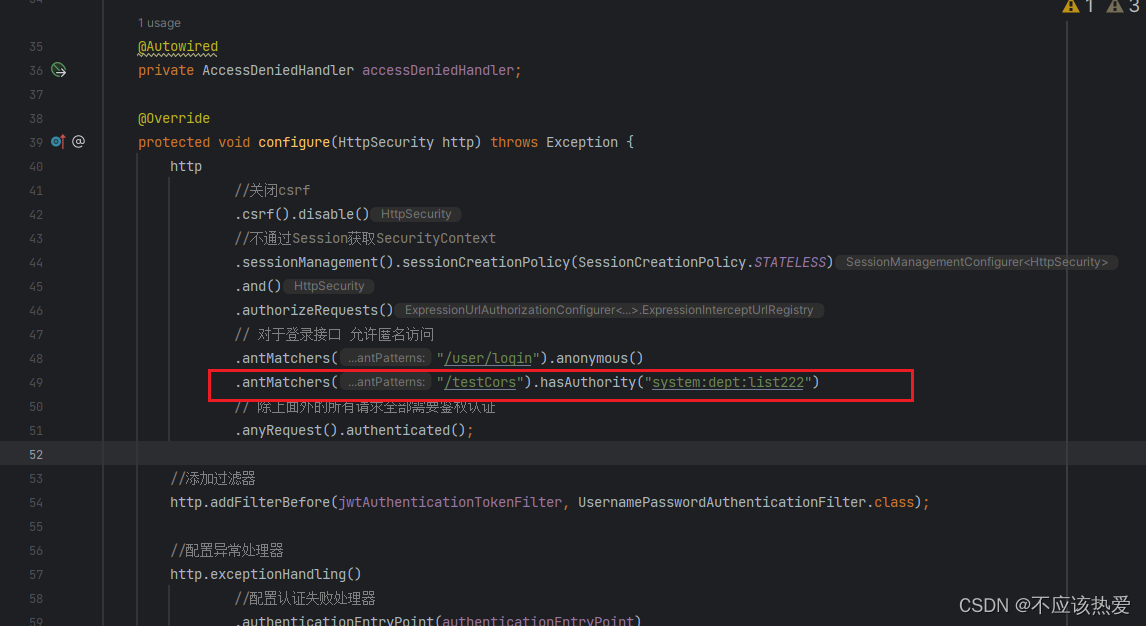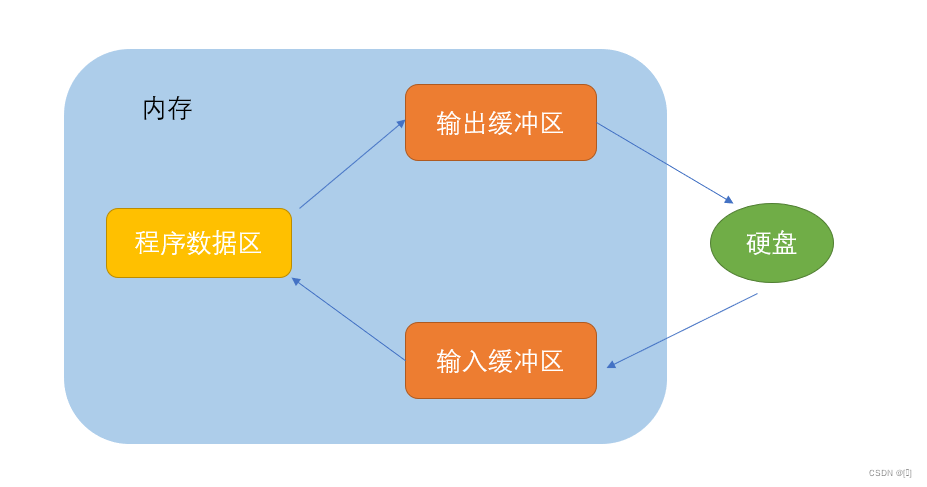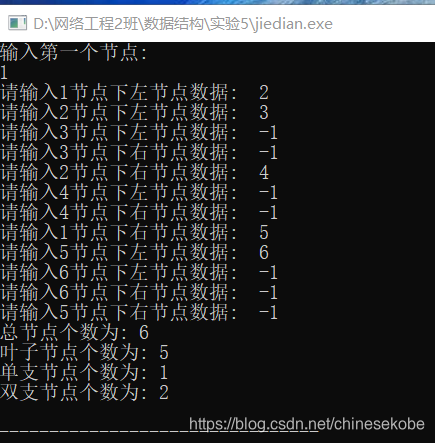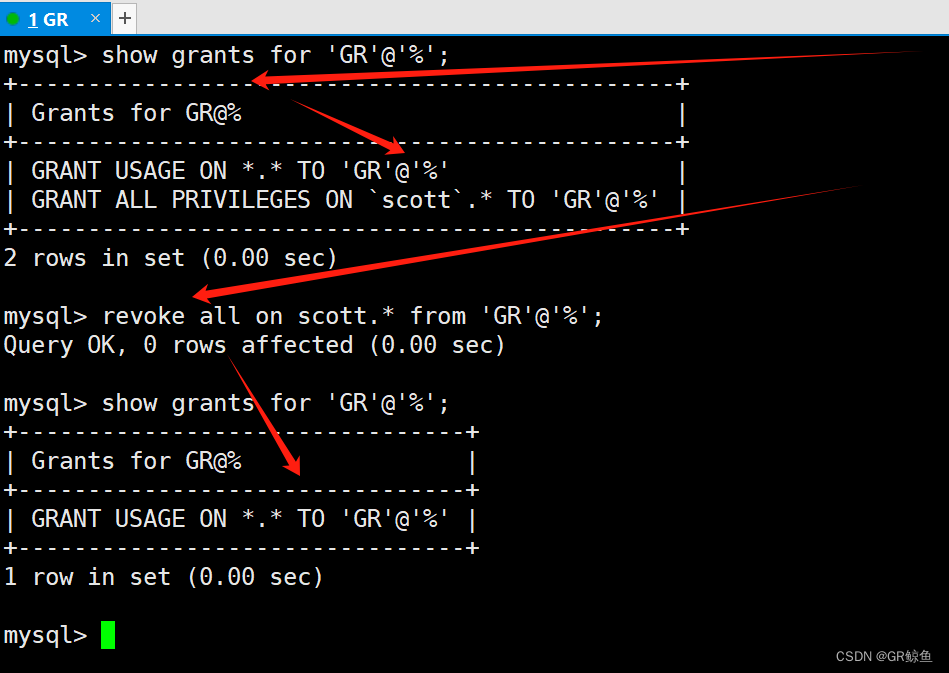文章目录
- 概述
- Tracepoint使用
- 定义Tracepoint
- 添加Tracepoint调用
- Tracepoint数据结构
- TRACE_EVENT实现
- DECLARE_TRACE
- __DECLARE_TRACE
- trace_xxx函数
- 相关参考
概述
Tracepoint(跟踪点)是添加到代码流程中的调用点,并且允许开发者注册自定义的回调函数执行。默认情况下,跟踪点是关闭的状态,不会对原代码逻辑造成影响;当跟踪点为开启状态时,每次运行到跟踪点,都会调用开发者注册的回调函数。
Tracepoint使用
开发者使用Tracepoint需要进行两个步骤:
- 定义Tracepoint;
- 在代码流程中添加对跟踪点的调用。
定义Tracepoint
Linux内核使用TRACE_EVENT宏来定义以及向系统中添加一个Tracepoint,使用方式如下:
TRACE_EVENT(block_rq_complete,TP_PROTO(struct request *rq, int error, unsigned int nr_bytes),TP_ARGS(rq, error, nr_bytes),TP_STRUCT__entry(__field( dev_t, dev )__field( sector_t, sector )__field( unsigned int, nr_sector )__field( int, error )__array( char, rwbs, RWBS_LEN )__dynamic_array( char, cmd, 1 )),TP_fast_assign(__entry->dev = rq->rq_disk ? disk_devt(rq->rq_disk) : 0;__entry->sector = blk_rq_pos(rq);__entry->nr_sector = nr_bytes >> 9;__entry->error = error;blk_fill_rwbs(__entry->rwbs, rq->cmd_flags, nr_bytes);__get_str(cmd)[0] = '\0';),TP_printk("%d,%d %s (%s) %llu + %u [%d]",MAJOR(__entry->dev), MINOR(__entry->dev),__entry->rwbs, __get_str(cmd),(unsigned long long)__entry->sector,__entry->nr_sector, __entry->error)
);
其中:
- block_rq_complete为跟踪点名称;
- TP_PROTO部分定义了跟踪点回调函数原型;
- TP_ARGS部分定义了回调函数的参数;
- TP_STRUCT__entry部分定义了跟踪程序可以使用的数据结构,
- TP_fast_assign部分描述了传递数据的方式;
- TP_printk部分定义了打印数据结构的方法。
添加Tracepoint调用
bool blk_update_request(struct request *req, blk_status_t error,unsigned int nr_bytes)
{int total_bytes;trace_block_rq_complete(req, blk_status_to_errno(error), nr_bytes);if (!req->bio)return false;...
Tracepoint数据结构
Tracepoing机制的核心数据为tracepoint和tracepoint_func结构,tracepoint结构对应于一个跟踪点的概念,包含了跟踪点的名称、开关配置以及自定义的回调函数;而tracepoint_func结构描述了开发者注册的回调函数信息。
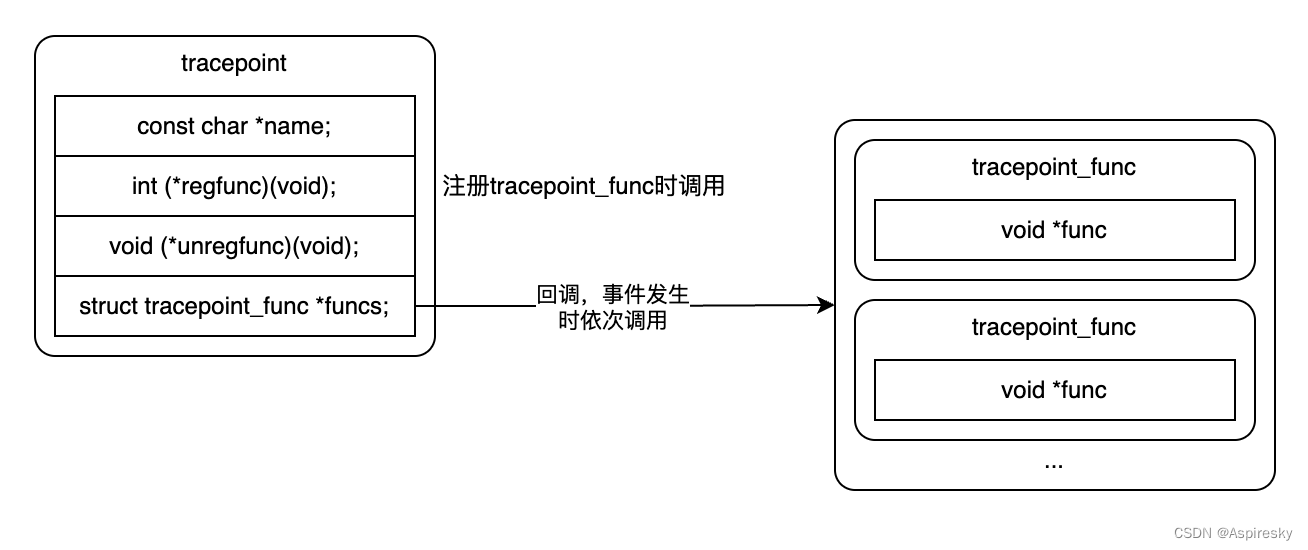
TRACE_EVENT实现
TRACE_EVENT宏定义如下:
#define TRACE_EVENT(name, proto, args, struct, assign, print) \DECLARE_TRACE(name, PARAMS(proto), PARAMS(args))
- name:要创建的跟踪点的名称。
- prototype:跟踪点回调的原型
- args:与原型匹配的参数。
- struct:跟踪程序可以使用(但不需要)存储传递到跟踪点的数据的结构。
- assign:已类似于 C-like 的方式 将数据分配给结构。
- print:以可读的ASCII格式输出结构的方法。
DECLARE_TRACE
#define DECLARE_TRACE(name, proto, args) \__DECLARE_TRACE(name, PARAMS(proto), PARAMS(args), \cpu_online(raw_smp_processor_id()), \PARAMS(void *__data, proto), \PARAMS(__data, args))
__DECLARE_TRACE
__DECLARE_TRACE宏定义了一系列内联函数(其中xxx为定义的tracepoint名称):
- trace_xxx:代码中调用trace_xxx函数记录tracepoint运行信息;
- register_trace_xxx:向tracepoint注册回调函数,在tracepoint使能时会调用;
- register_trace_prio_xxx:与register_trace_xxx相似,支持调用优先级;
- unregister_trace_xxx:向tracepoint去注册回调函数;
- trace_xxx_enabled:tracepoint使能接口
#define __DECLARE_TRACE(name, proto, args, cond, data_proto, data_args) \extern struct tracepoint __tracepoint_##name; \static inline void trace_##name(proto) // 定义trace_xxx函数,以上文示例即为trace_block_rq_complete \{ \if (static_key_false(&__tracepoint_##name.key)) \__DO_TRACE(&__tracepoint_##name, \TP_PROTO(data_proto), \TP_ARGS(data_args), \TP_CONDITION(cond), 0); \if (IS_ENABLED(CONFIG_LOCKDEP) && (cond)) { \WARN_ON_ONCE(!rcu_is_watching()); \} \} \__DECLARE_TRACE_RCU(name, PARAMS(proto), PARAMS(args), \PARAMS(cond), PARAMS(data_proto), PARAMS(data_args)) \static inline int \register_trace_##name(void (*probe)(data_proto), void *data) \ // 定义register_trace_xxx函数,以上文示例即为register_trace_rq_complete{ \return tracepoint_probe_register(&__tracepoint_##name, \(void *)probe, data); \} \static inline int \register_trace_prio_##name(void (*probe)(data_proto), void *data,\ // 定义register_trace_prio_xxx函数,以上文示例即为register_trace_prio_block_rq_completeint prio) \{ \return tracepoint_probe_register_prio(&__tracepoint_##name, \(void *)probe, data, prio); \} \static inline int \unregister_trace_##name(void (*probe)(data_proto), void *data) \ // 定义unregister_trace_xxx函数,以上文示例即为unregister_trace_prio_block_rq_complete{ \return tracepoint_probe_unregister(&__tracepoint_##name,\(void *)probe, data); \} \static inline void \check_trace_callback_type_##name(void (*cb)(data_proto)) \ // 定义check_trace_callback_type_xxx函数,以上文示例即为check_trace_callback_type_block_rq_complete{ \} \static inline bool \trace_##name##_enabled(void) \ // 定义trace_xxx_enabled函数,以上文示例即为trace_block_rq_complete_enabled { \return static_key_false(&__tracepoint_##name.key); \}trace_xxx函数
trace_xxx函数内部主要是调用__DO_TRACE宏来完成实际的跟踪点信息处理,__DO_TRACE的核心流程是遍历tracepoint结构体里面的一个函数数组,执行对应的回调函数,这些回调函数由register_trace_xxx接口进行注册。
#define __DO_TRACE(tp, proto, args, cond, rcuidle) \do { \struct tracepoint_func *it_func_ptr; \void *it_func; \void *__data; \int __maybe_unused __idx = 0; \\if (!(cond)) \return; \\/* srcu can't be used from NMI */ \WARN_ON_ONCE(rcuidle && in_nmi()); \\/* keep srcu and sched-rcu usage consistent */ \preempt_disable_notrace(); \\/* \* For rcuidle callers, use srcu since sched-rcu \* doesn't work from the idle path. \*/ \if (rcuidle) { \__idx = srcu_read_lock_notrace(&tracepoint_srcu);\rcu_irq_enter_irqson(); \} \\it_func_ptr = rcu_dereference_raw((tp)->funcs); \\if (it_func_ptr) { \do { \it_func = (it_func_ptr)->func; \__data = (it_func_ptr)->data; \((void(*)(proto))(it_func))(args); \} while ((++it_func_ptr)->func); \} \\if (rcuidle) { \rcu_irq_exit_irqson(); \srcu_read_unlock_notrace(&tracepoint_srcu, __idx);\} \\preempt_enable_notrace(); \} while (0)
相关参考
- Linux tracepoint 简介


